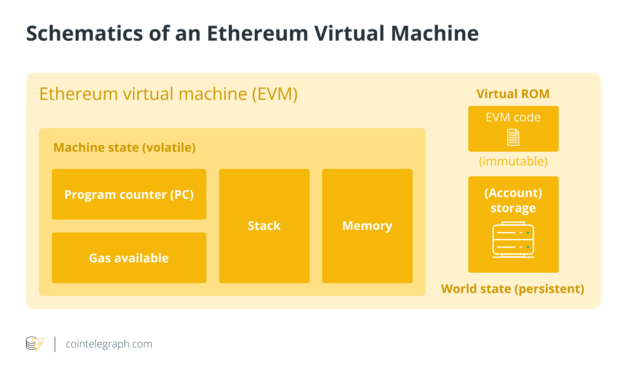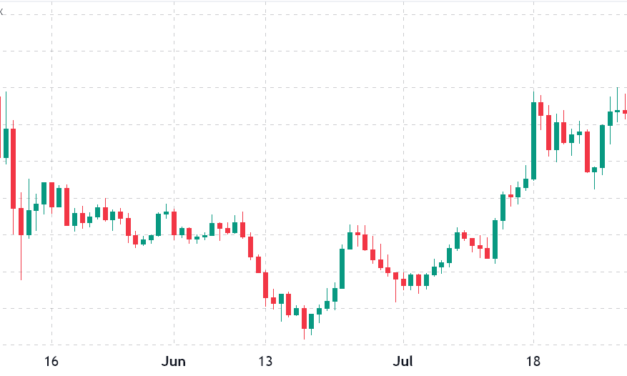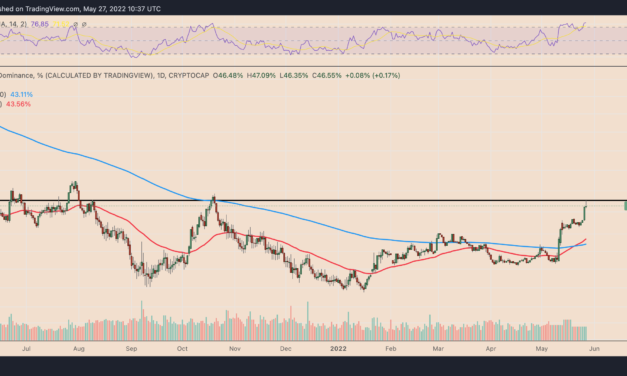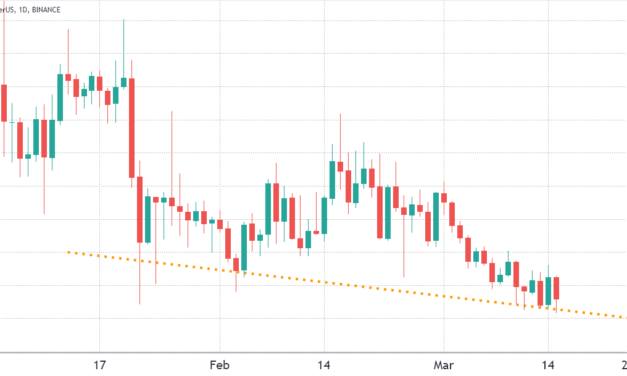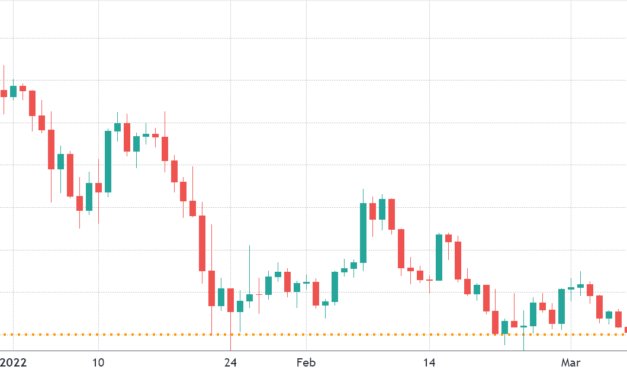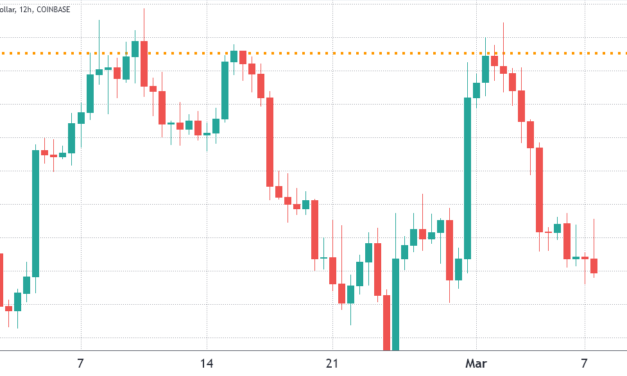ChatGPT can’t beat human smart contract auditors yet: OpenZeppelin’s Ethernaut challenges
While ChatGPT-4 can’t compete with human auditors yet, OpenZeppelin noted it was not optimized to do so, and AI models trained for this purpose would likely be more accurate.
Čítaj viac




